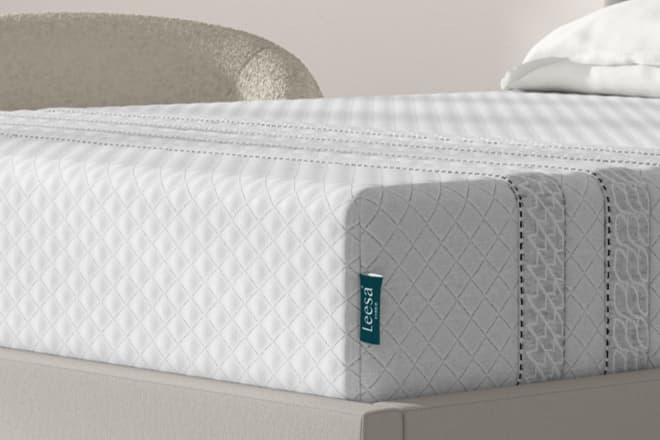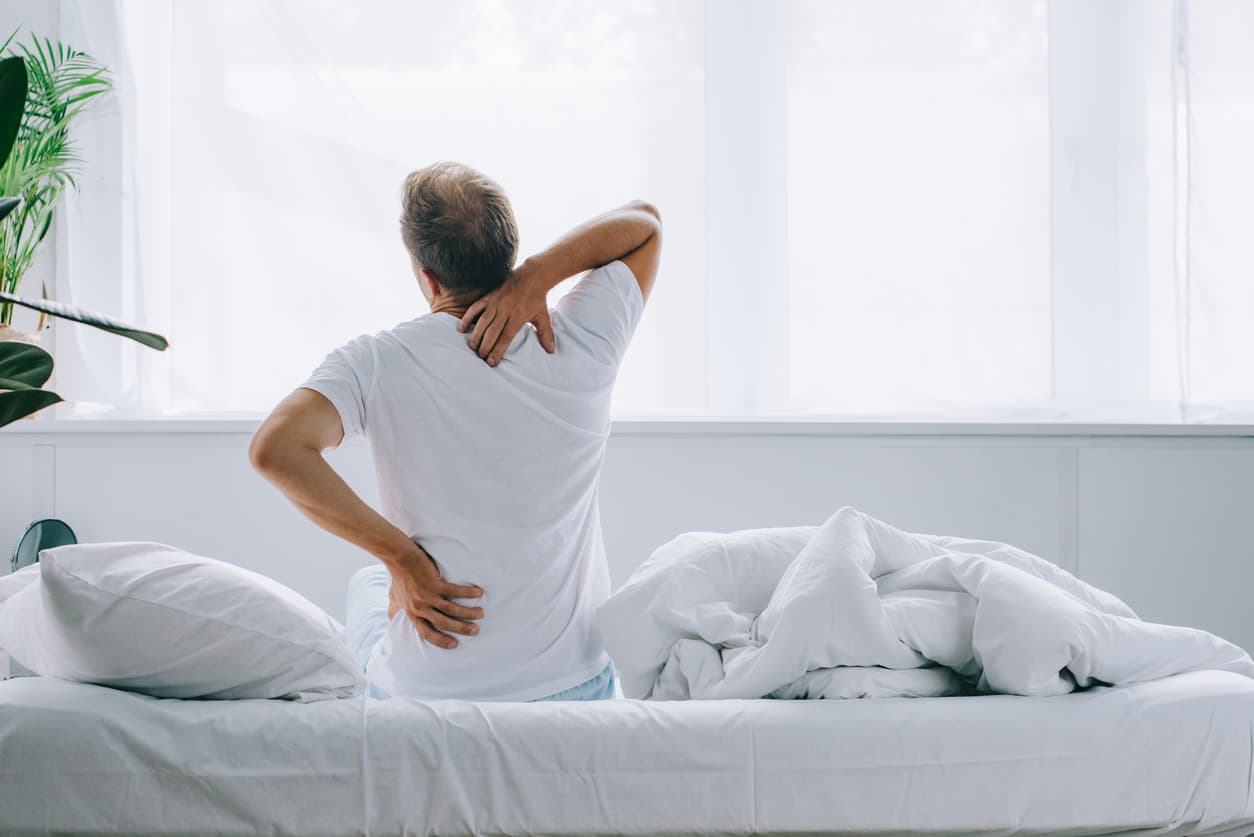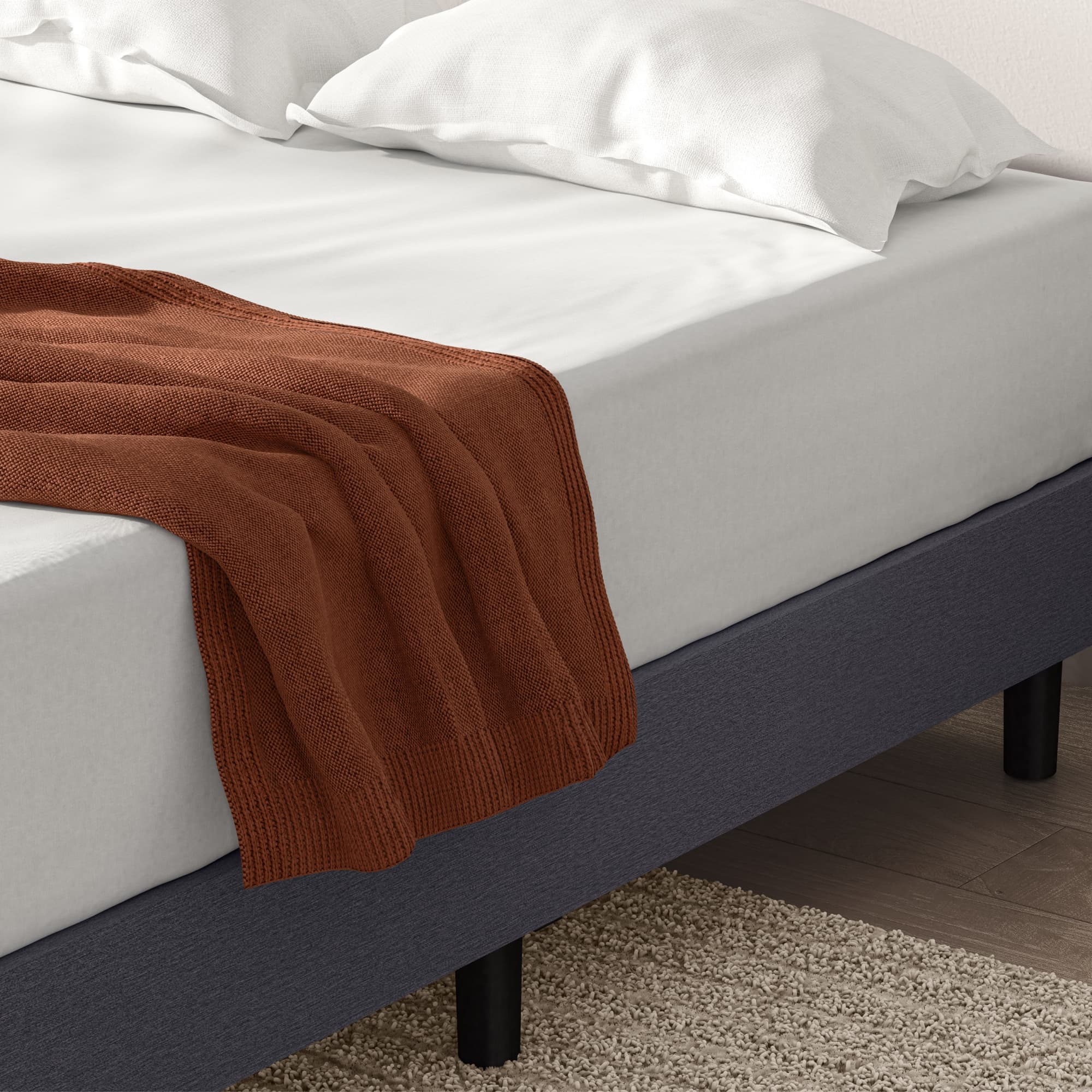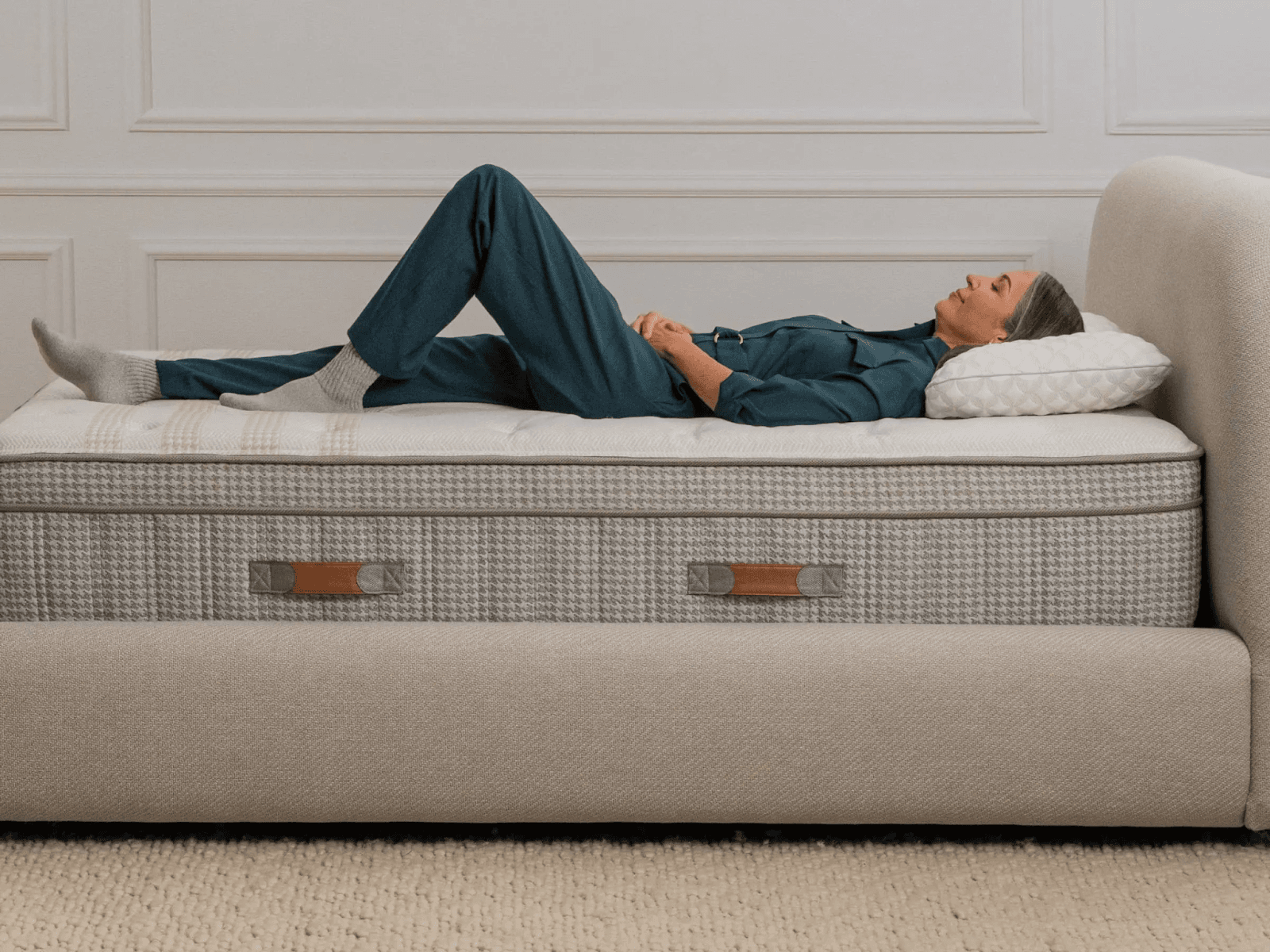If you're wondering how long does a mattress last, it may be because you're experiencing some of the tell-tale signs that your bed is on its last legs. Things like tossing and turning, a sagging mattress, waking up with aches and pains, and more may be bothering you and signaling that it’s time for a change. Read on to learn more about your mattress's life span.
How Long Should a Mattress Last?
Depending on the type of mattress you sleep on, a mattress should last between seven and 10 years.
Mattress Type | Typical Lifespan |
Innerspring | 10 years |
Hybrid | 10-12 years |
Memory Foam | 7-10 years |
Latex | 10-12 years |
Futon | 10 years |
So, if you're waking up stiff and sore, groggy, experiencing allergies, noticing squeaks or sags when you turn over, feeling lumps or bumps, or having hip, neck, and back pain, it's probably time for a new mattress.
Factors Influencing Mattress Lifespan
Proper care of your mattress can enhance its longevity. A mattress protector is essential to keeping your investment free from dust, stains, dust mites, crumbs, allergens, and even bed bugs. Routine cleaning of your mattress, including vacuuming, is also key to mattress longevity. But there are other factors that impact how long your mattress will provide you with comfortable relaxation and enhanced sleep quality.
Materials
Mattress materials play a critical role in mattress lifespan. Latex tends to be the longest-lasting mattress material, but many people are allergic to latex. Cotton batting is used in innerspring mattresses and futon mattresses. Memory foam mattresses are made with different thicknesses of foam that cradle your body. A hybrid mattress will often include cotton, coils, and Merino wool. Why wool? It's resistant to mold, mildew, and bacteria, and its natural wicking properties provide temperature control.
Quality
A high-quality mattress costs more, but isn't a good night's sleep worth the investment? If you're wondering how long does a mattress last, you should plan on spending a little more than you may have the last time you bought a new mattress. If you care about the planet and climate change, having a mattress with organic, natural materials is probably a high priority.
All of Leesa's memory foam and hybrid mattresses are CertiPUR-US ®-Certified. That means the foam we use is made without toxic chemical flame retardants, free from heavy metals, made without formaldehyde and phthalates, and supports indoor air quality since they emit few volatile organic compounds (VOCs.)
Mattress Types
Memory Foam Mattresses
Memory foam mattresses are popular. Originally developed by NASA in 1970 as cushioning to keep test pilots safer, the viscoelastic product is now used in a variety of ways, including mattresses. As the mattress industry has evolved, so have foam mattresses. Some memory foam mattresses offer layers of several different types of foam, some denser for support, and others softer for breathability and cloud-like bliss. Leesa's Original and Studio mattresses are 100 percent memory foam.
Latex Mattresses
Latex is a material derived from the sap of rubber trees. A latex mattress tends to be quite durable. Most are hybrids, meaning they include inner springs support and layers of wool or cotton. They are also some of the most expensive mattresses. Many manufacturers of latex foam use synthetic or mixed materials. Manufacturers of latex mattresses like to tout latex's eco-friendly footprint. But that's not always true. Synthetic and mixed latex don't biodegrade and use chemicals harmful to the environment and to people.
Traditional Innerspring Mattresses
Innerspring mattresses are usually made with heavy coils, cotton batting, and sometimes a pillow-top layer. They are designed to be used on top of box springs, usually placed onto a traditional bed frame. Often, they are used in combination with mattress toppers.
Hybrid Mattresses
Hybrid mattresses like the Leesa Sapira Hybrid or the Leesa Legend Hybrid mattress offer the best of both a memory foam mattress and an innerspring mattress. A hybrid mattress uses memory foam to provide pressure relief and comfort, while individually wrapped springs provide support.
Air Mattresses
Air mattresses are typically used as temporary beds in guest rooms or as more comfortable places to sleep while camping. They were not designed for daily use. Today's air mattresses sometimes come with a padded top for extra comfort, as well as a storage bag and a pump.

Futon Mattresses
A futon mattress is a simple mattress filled with cotton batting. It's designed to fit a futon frame, which can convert into seating. Today's futon mattresses sometimes include an organic latex or memory foam core, providing more comfort and support.
Sleep Position & Body Weight
The way you sleep and how much you and your partner weigh can help you narrow the types of new mattresses you should consider.
Back Sleepers
Back sleepers usually do well on a memory foam mattress or a hybrid mattress, both of which protect from hip and back pain.
Side Sleepers
Side sleepers also do well on hybrids or memory foam. The cushiony memory foam relieves neck pain and supports the body's contour.
Stomach Sleepers
People who sleep on their stomachs often wake up with neck pain. This can be relieved when using a supportive mattress, either memory foam or hybrid, as well as a good pillow, like Leesa's premium memory foam pillow.
Body Weight
Memory foam mattresses usually support up to 300 pounds per person. But, if you or your partner are heavier, a hybrid is your mattress of choice. Leesa's hybrid mattresses support two sleepers up to 350 each, or a total load of 700 pounds. And, if you or your partner are both heavier and taller, you can opt for two Twin XLs on an adjustable base or a California King. All of Leesa's mattresses come in Twin XL and California King configurations.
When To Replace a Mattress
Does your mattress sag in the middle? It's time for a new bed. Is it older than 10 years? Probably time to replace your mattress. Once you receive your new Leesa mattress, dispose of it properly rather than having your garbage collector take it to the dump. About 90% of the materials in an innerspring mattress can be recycled.
FAQS
Can a mattress last 20 years?
It's possible, but it's highly unlikely a 20-year-old mattress will be comfortable or healthy to sleep on. Replace your mattress after seven to 10 years of use.
How can I make my mattress last longer?
Properly caring for your mattress will increase its life expectancy. Regular cleaning and vacuuming, using a mattress protector, and selecting the right base are all important factors in limiting wear and tear on your mattress.
When is a mattress too old?
If your mattress is showing signs of fraying or other wear and tear, it's probably time to replace your mattress. Most mattresses begin to degrade after a decade of use.
What to do with an old mattress?
If your old mattress is still usable, you could donate it to a local nonprofit. Sometimes you can recycle your old mattress. Check out your area's available options.
What causes a mattress to sink in the middle?
Wear and tear eventually causes sagging. As a mattress is used, the materials, including foam and coils, begin to soften. Rotating your mattress (not flipping it) and using the proper foundation can help prevent sagging.
Where to buy a mattress?
Easy! Come to Leesa. Or visit your nearest West Elm or Pottery Barn. You can also buy Leesa on Amazon.



